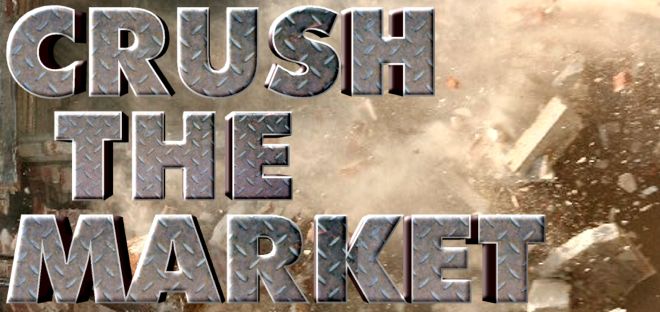1. Hedging
Here are 5 ways to hedge your long positions:
- Pairing
- Short against the box
- Exchange-traded funds (ETFs)
- Futures
- Options
2. Market timing
There are many successful market-timing models out there. People that say market-timing doesn't work don't understand the purpose. The purpose of market-timing is to reduce risk! Most of the time a market timing model will not keep up with fully-invested long positions. However, when the market gets ugly, market timing shines. Take a look at the performance of HSGFX and you'll see what I mean.
The Halloween indicator is one such market-timing model that would have worked well this year. Learn more about this model here.
3. Asset allocation
Increase cash when the market gets volatile! Reduce position size! Don't be as aggressive with long positions. Perhaps you use VIX as an indicator of how much cash to hold in your trading account.
4. Market-neutral or uncorrelated strategies
Here's some examples:
- uncorrelated markets (Corn anyone?)
- option selling
- covered call writing
- Bond trading, etc...
5. Stick with your trading plan!
Remember that all traders and investors are feeling significant pain at this point. Contrarians and value investors are starting to buy. Just when the pain is unbearable, the market is ripe for a turnaround. A good trader sticks with his plan even through the drawdowns.











